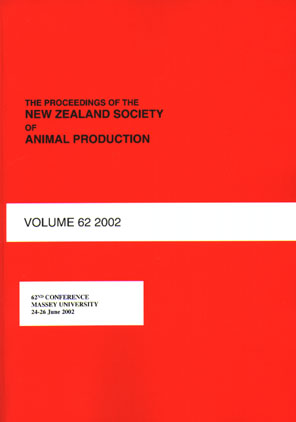Abstract
Phylloerythrin (PLE) is a photo-dynamic compound, a natural breakdown product of chlorophyll. Its concentration and relationship with gamma-glutamyltransferase (GGT) were determined in animals seriously affected with facial eczema (FE). Seven commercial cattle herds (n = 1,455) and one experimental sheep flock (n = 597), each containing clinically affected animals, were monitored. On a pooled within-farm basis, mean PLE concentration was significantly higher in clinical FE cases than in non-clinical animals in cattle (28.7 vs 16.0 relative units, P <0.001), and in lambs (0.282 vs 0.024 µg/ml, respectively, P <0.001). PLE concentration rose in some, but not all, animals when GGT activity exceeded ˜600 IU/L in cattle and ˜400 IU/L in lambs (Reference GGT range in normal (unchallenged) animals: 0 to 40 IU/L, cattle; 32 to 70 IU/L, sheep). A heritability for PLE concentration was estimated in cattle (0.19 ± 0.07), and phenotypic and genetic correlations with LogeGGT were 0.37 ± 0.02 and 0.92 ± 0.09, respectively. In the lambs the phenotypic correlation between LogeGGT and PLE was 0.32 ± 0.04. Thus PLE is a partially inherited trait, and is associated with visible signs of FE, especially above GGT thresholds of ˜600 IU/L in cattle and ˜400 IU/L in lambs.
Proceedings of the New Zealand Society of Animal Production, Volume 69, Christchurch, 118-122, 2009
| Download Full PDF | BibTEX Citation | Endnote Citation | Search the Proceedings |

This work is licensed under a Creative Commons Attribution-NonCommercial-NoDerivatives 4.0 International License.

